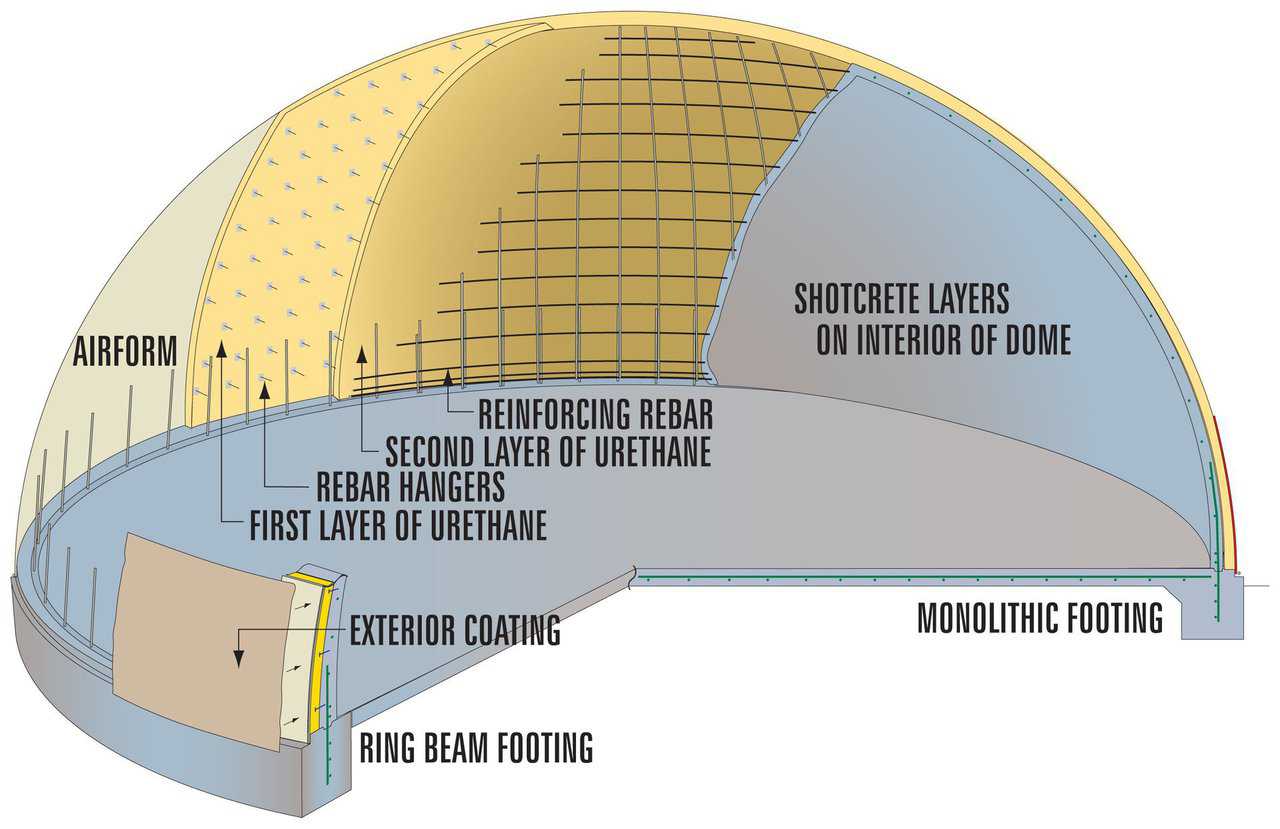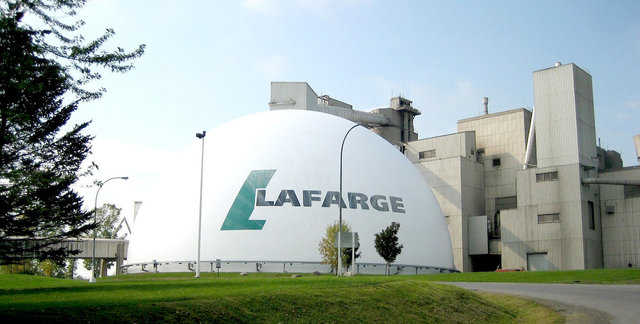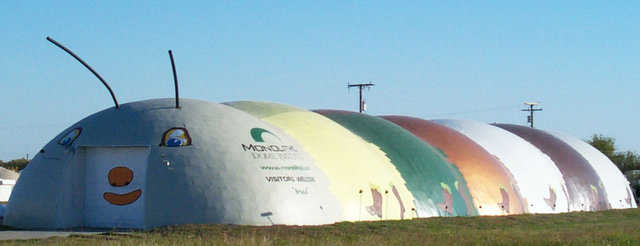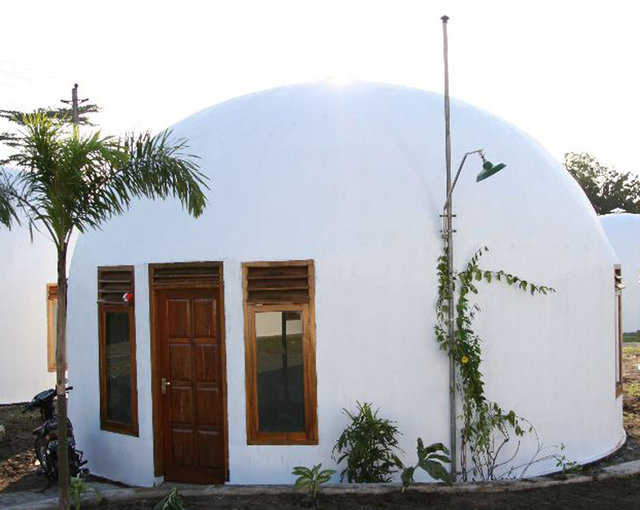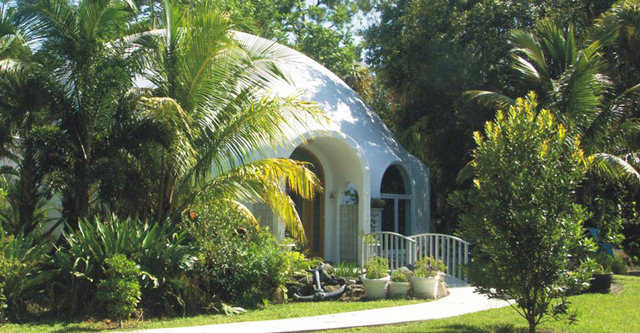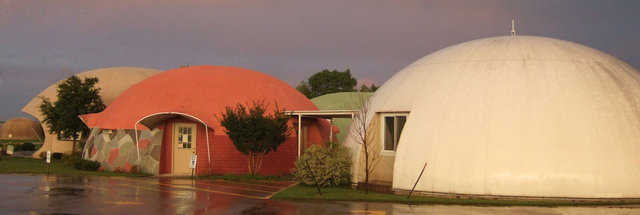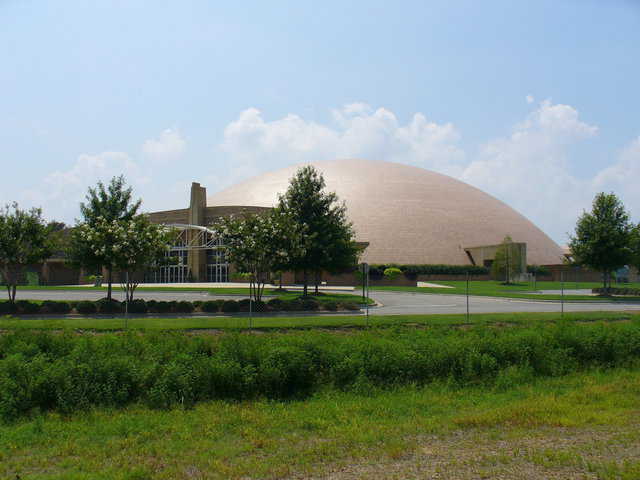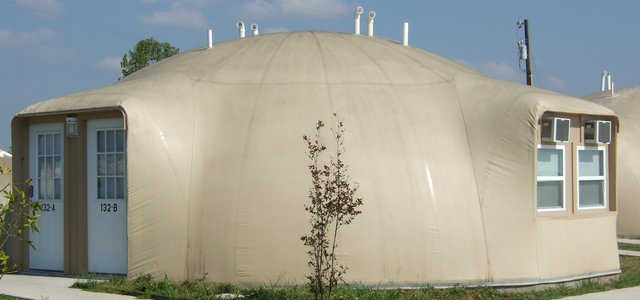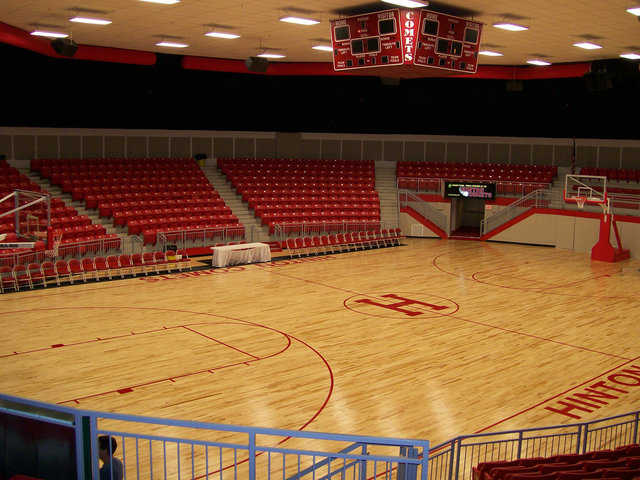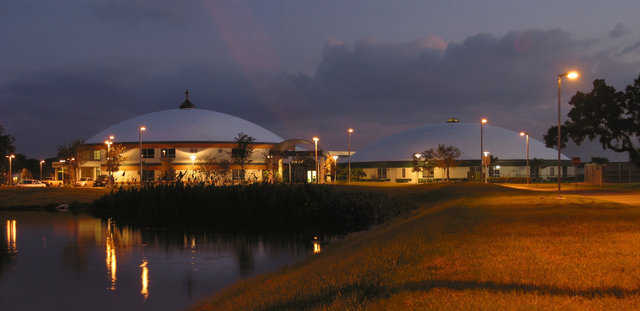What are Monolithic Domes? They are super structures!
Monolithic Domes are constructed following a method that requires a tough, inflatable Airform, steel-reinforced concrete and a polyurethane foam insulation. Each of these ingredients is used in a technologically specific way.
Our domes can be designed to fit any architectural need: homes, cabins, churches, schools, gymnasiums, arenas and stadiums, bulk storages, landlord dwellings and various other privately or publicly owned facilities.
Monolithic Domes meet FEMA standards for providing near-absolute protection and have a proven ability to survive tornadoes, hurricanes, earthquakes, most manmade disasters, fire, termites and rot.
They are cost-efficient, earth-friendly, extremely durable and easily maintained. Most importantly, a Monolithic Dome uses about 50% less energy for heating and cooling than a same-size, conventionally constructed building.
Beginning in 1970, Monolithic Domes have been built and are in use in virtually every American state and in Canada, Mexico, South America, Europe, Asia, Africa and Australia.
Monolithic Domes are neither restricted by climate nor by site location. In terms of energy consumption, durability, disaster resistance and maintenance, Monolithic Domes perform well in any climate, even extremely hot or cold ones. And they can be constructed on virtually any site: in the mountains, on beaches, even underground or underwater.
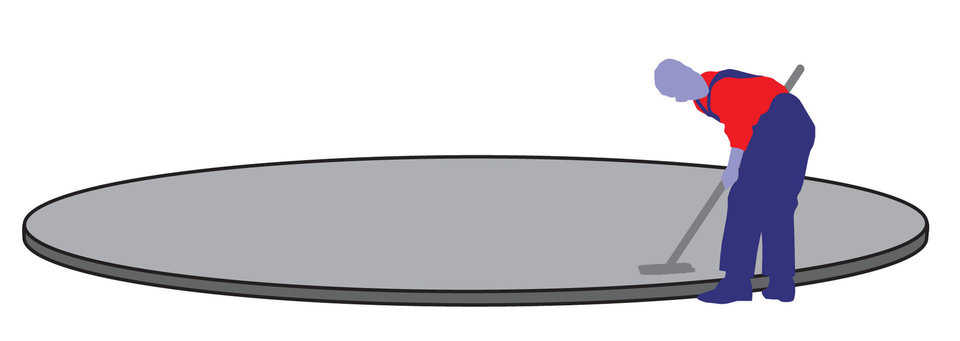
Foundation — The Monolithic Dome starts as a concrete ring foundation, reinforced with steel rebar. Vertical steel bars embedded in the ring later attached to the steel reinforcing of the dome itself. Small domes may use an integrated floor/ring foundation. Otherwise, the floor is poured after completion of the dome. (David South Jr)
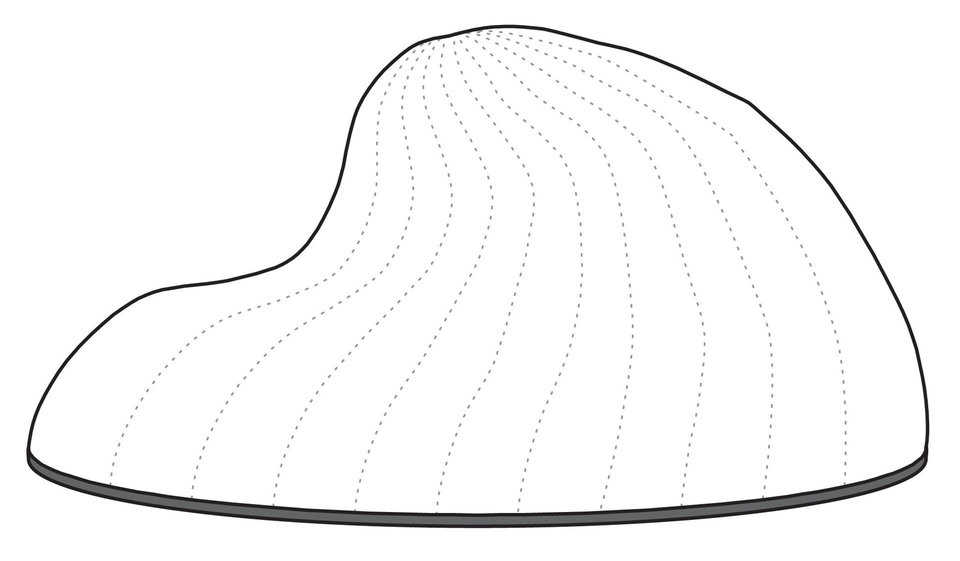
Airform — An Airform – fabricated to the proper shape and size – is placed on the ring base. Using blower fans, it is inflated and the Airform creates the shape of the structure to be completed. The fans run throughout construction of the dome. (David South Jr)
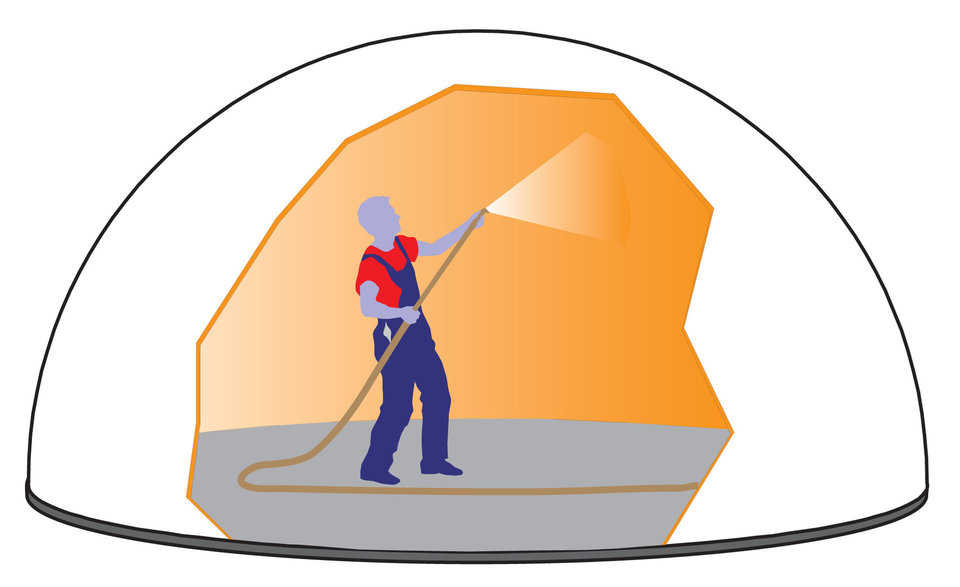
Polyurethane Foam — Polyurethane foam is applied to the interior surface of the Airform. Entrance into the air-structure is made through a double door airlock which keeps the air-pressure inside at a constant level. Approximately three inches of foam is applied. The foam is also the base for attaching the steel reinforcing rebar. (David South Jr)
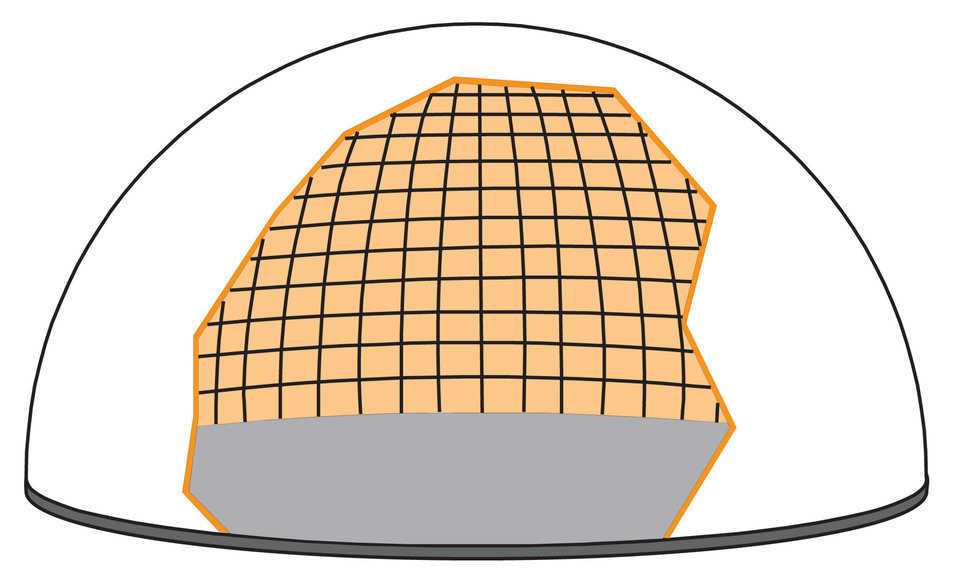
Steel rebar — Steel reinforcing rebar is attached to the foam using a specially engineered layout of hoop (horizontal) and vertical steel rebar. Small domes need small diameter bars with wide spacing. Large domes require larger bars with closer spacing. (David South Jr)
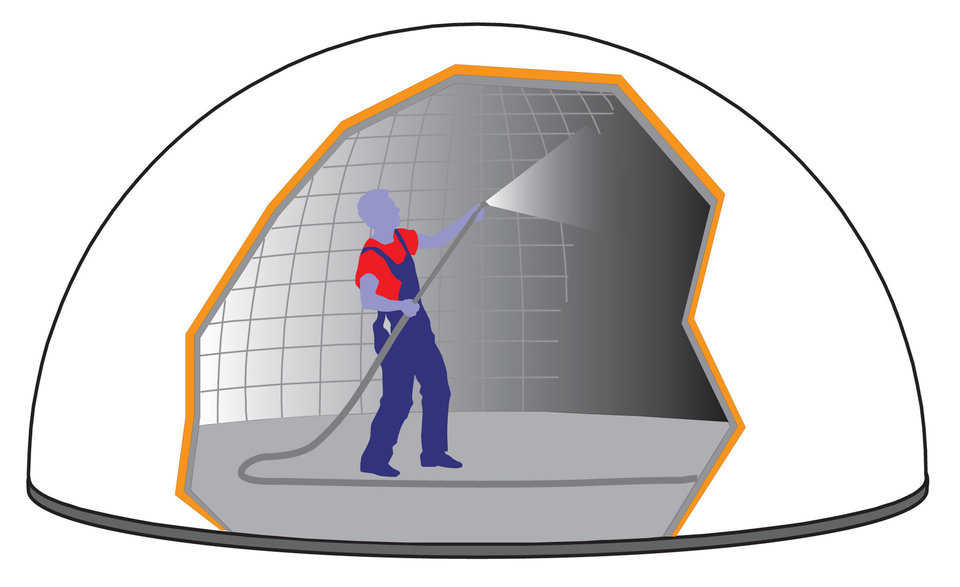
Shotcrete — Shotcrete – a special spray mix of concrete – is applied to the interior surface of the dome. The steel rebar is embedded in the concrete and when about three inches of shotcrete is applied, the Monolithic Dome is finished. The blower fans are shut off after the concrete is set. (David South Jr)
